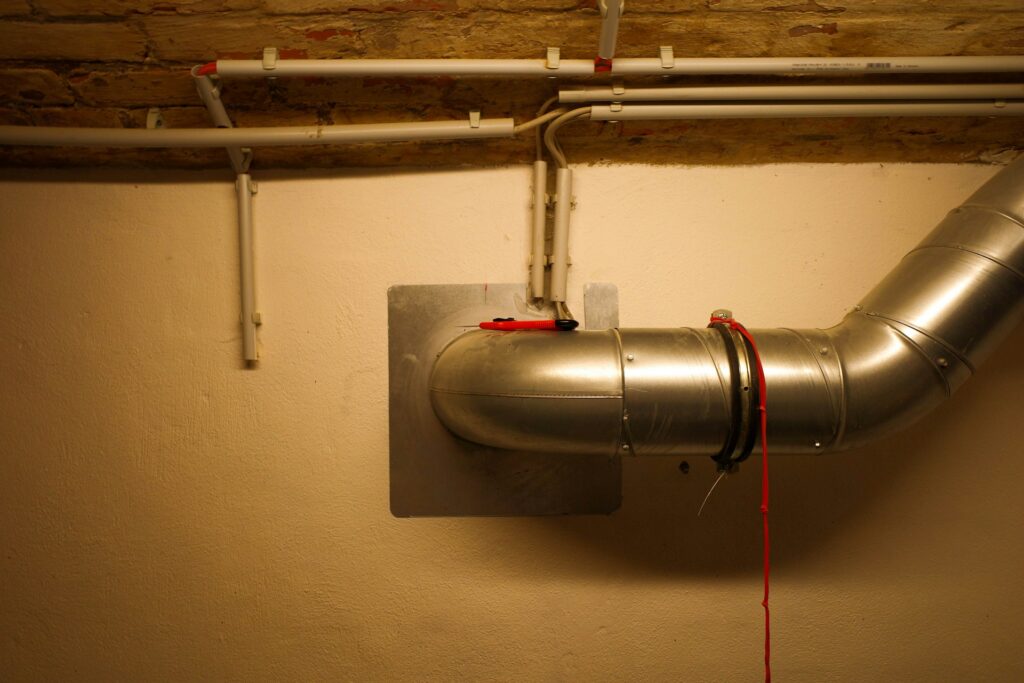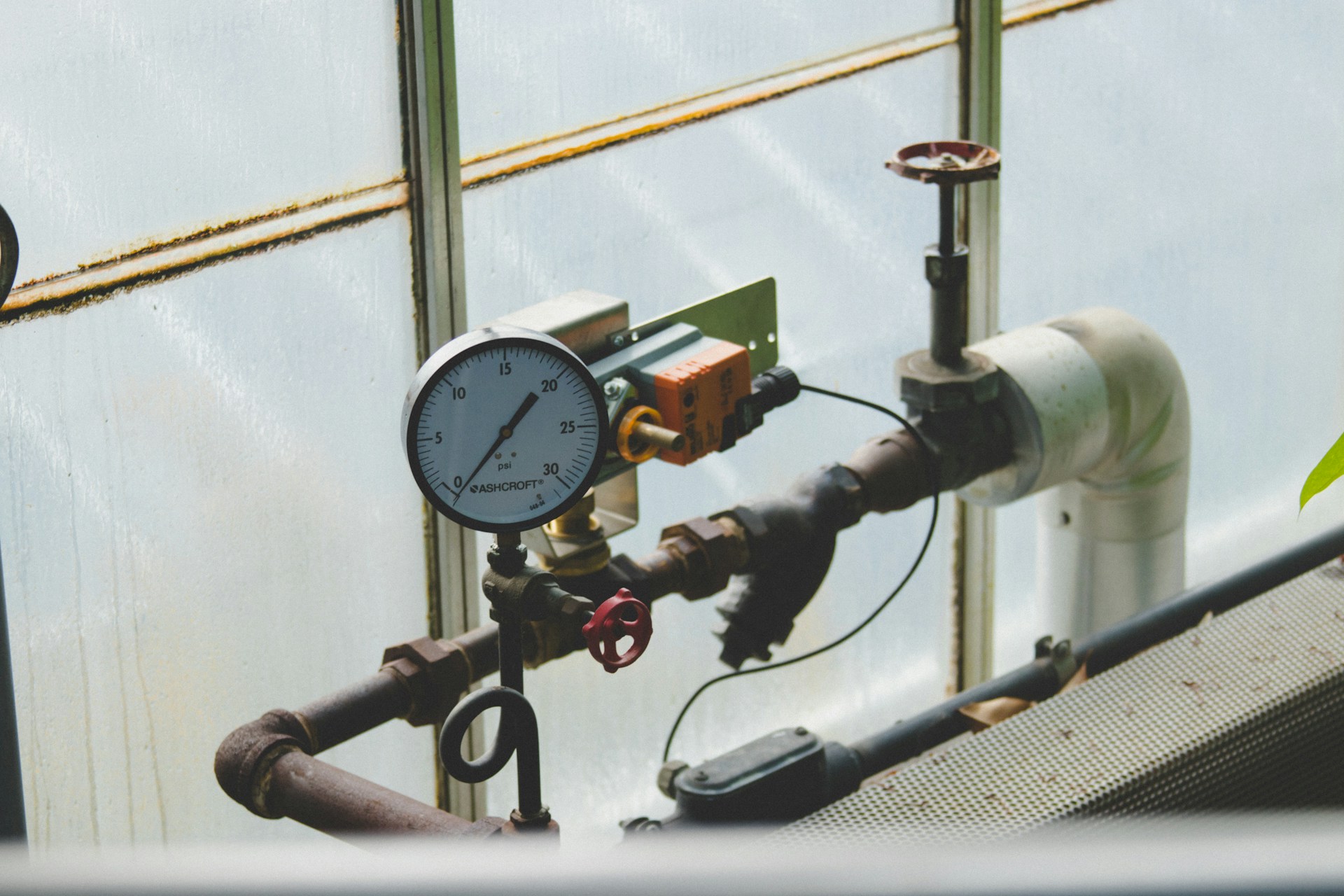IoT Leak Detection Sensors: Preventing Costly Repairs in Low-Income Apartments
Water leaks stand as the primary maintenance problems together with their high repair expenses in low-income apartment buildings.
A leak which goes unnoticed may develop into mold and necessitate major structural fixes alongside high repair expenses.
Residents who reside in low-income housing cannot afford to promptly fix leaks which creates extensive property damage that results in increased maintenance expenses for property owners alongside housing authorities.
Building safety experiences fundamental change because IoT-enabled leak detection sensors monitor buildings continuously to prevent dangerous outcomes from minor leaks.
Smart leak detection sensors enable landlords and their tenants to spot water leaks in advance thus stopping waste as well as minimizing repair costs and improving residential spaces.
The research investigates Internet of things leak detection sensor workings together with their benefits and their vital duty in protecting efficient housing communities.
How IoT Leak Detection Sensors Work
Smart leak detection sensors embedded in the IoT network actively monitor water use while automatically notifying building managers or inhabitants about unsettled situations in real-time.
Here’s how they function:
1. Smart Water Sensors for Real-Time Monitoring
- Internet of things water leak sensors located by plumbing fixtures along with water heaters will monitor moisture while observing abnormal water flow in an area.
- A leak detection sensor activates an immediate alert both to a smartphone application and centralized management system when it identifies a leak.
2. Automatic Water Shutoff Systems
- High-end leak detection systems function with built-in automatic shutoff valves that stop water supply after detecting leaks.
- The built-in automatic valves function to stop the water supply in scenarios where residents or maintenance staff need delayed response.
3. AI-Powered Data Analysis for Leak Prevention
- The data collected from Internet of things sensors helps user’s spot abnormal water use patterns which may point to undetected leaks.
- The collected data enables property managers to arrange preventive maintenance while lowering outcomes that waste water needlessly.
- Low-income apartment buildings benefit from Internet of things sensors because these devices minimize the occurrence of water damage along with associated maintenance costs.
Benefits of IoT Leak Detection in Low-Income Apartments
1. Reducing Repair and Maintenance Costs
- Extensive water damage reconstruction becomes highly expensive when homeowners fail to find leaks for lengthy intervals. Early detection through IoT sensors enables leak identification as soon as they begin which avoids costly expenses to buildings.
- Detecting leaks promptly through Internet of things monitoring allows plumbing systems to last longer which results in reduced maintenance expenses for owners of properties.
2. Improving Living Conditions for Residents
- Mold formation from unmonitored leaks results in respiratory issues together with other dangerous health consequences. Through Internet of things leak detection technology people can maintain environments that stay free from health risks.
- Since no leaks lead to steady water pressure and continuous water access the quality of life for residents improves.
3. Lowering Water Bills and Reducing Waste
- Water leaks emit large amounts of wasted water that increases household utility expenses. Tenants along with property owners who identify leaks early in their systems minimize water usage which decreases expenses.
- The practice of smart water management supports sustainability projects through its protection of important water supplies across residential areas.
4. Enabling Remote Monitoring for Property Managers
- A single platform dashboard enables property managers to remotely track each of their housing units regardless of their number.
- Building maintenance personnel access assets remotely to deliver rapid support and maintain effective allocation of maintenance workers thus preventing problems from becoming worse.

Challenges and Future of IoT Leak Detection in Affordable Housing
Challenges
Initial Installation Costs
The cost of installing Internet of Things sensors acts as an obstacle for property owners to reach the long-term savings benefits.
Governments should offer incentives together with housing grants that create accessibility for this technology.
Connectivity Issues
Strong internet infrastructure does not exist in certain low-income housing areas making Internet of things sensors less effective for monitoring purposes.
Lora WAN together with NB-IoT have started to solve connectivity issues that had impeded their adoption.
Resident Awareness and Training
People living in rental units typically lack knowledge about digital leak detection solutions.
Educational resources along with training programs about alert response protocols will improve the effective use of the technology by users.
Future Prospects
- The decrease in Internet of things technology costs will drive its acceptance throughout low-income residential neighborhoods.
- Predictive analytics driven by artificial intelligence technologies enhances the accuracy of leak detection to prevent water damage at its earliest stage.
- A combination of housing authorities and tech companies should develop Internet of things sensors as standard equipment in affordable housing projects.
Conclusion
Low-income apartment water management utilizes Internet of things-enabled leak detection sensors to make revolutionary improvements.
These sensors achieve three essential objectives by tracking water usage in real-time while automatically stopping leaks and delivering predictive maintenance metrics that minimizes restoration expenses and enhances residence quality and minimizes water consumption.
Although the implementation of IoT in affordable housing encounters initial expenses and connectivity difficulties the future outlook remains optimistic.
Homes equipped with smart leak detection technology right now preserve thousands of dollars in future repairs and build more secure sustainable living facilities for the overall community.
FAQs
1. Through what means do IoT leak detection sensors alert users to leakage?
By assessing unusual water flow and moisture levels IoT devices automatically trigger real-time alerts that reach users through mobile applications together with emails along with text message notifications.
2. The cost of Internet of things leak detection sensors enters what range?
The long-term savings together with decreased maintenance costs and decreased need for water bill payments and damage repair make IoT leak detection systems an economical choice especially for housing communities that have low incomes.
3. Can IoT leak detection sensors be installed in older apartment buildings?
Yes! The small compact form of IoT sensors allows them to fit easily into existing buildings including those built before new construction methods were adopted.
Also read: IoT for Waste Management in Affordable Housing Complexes

